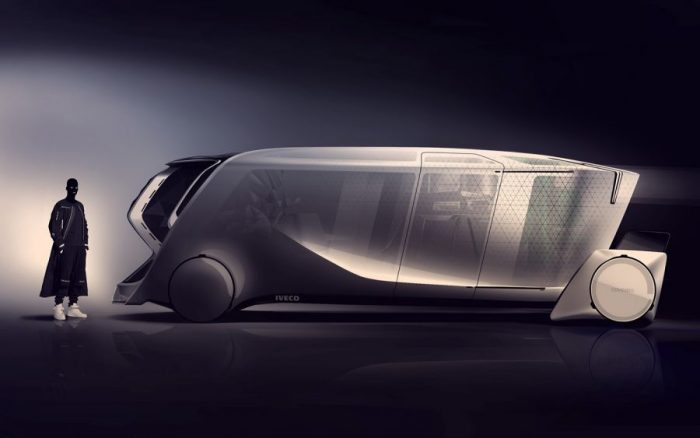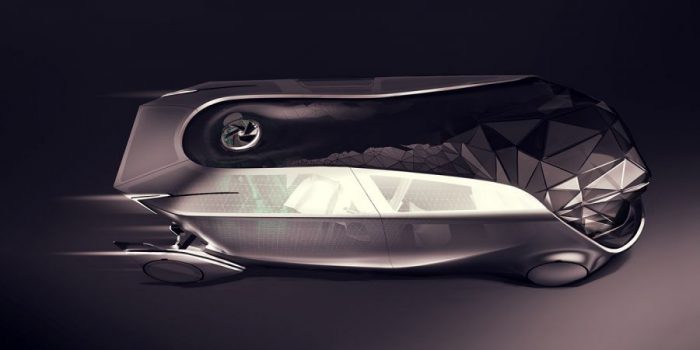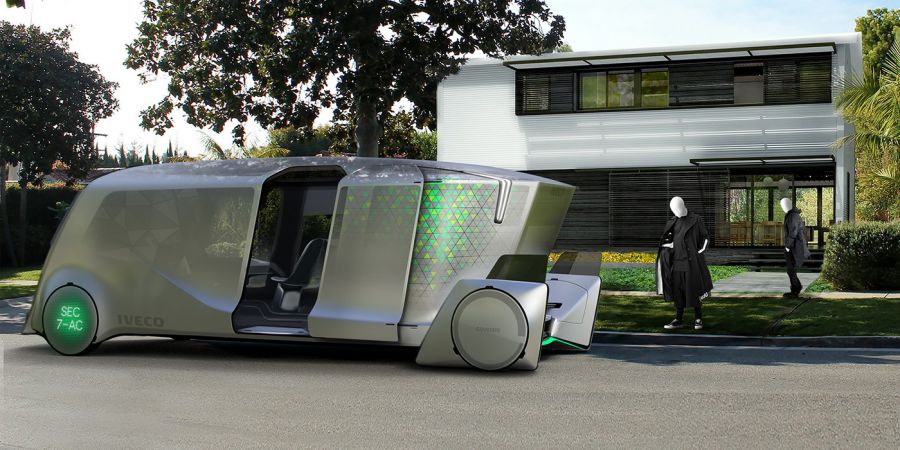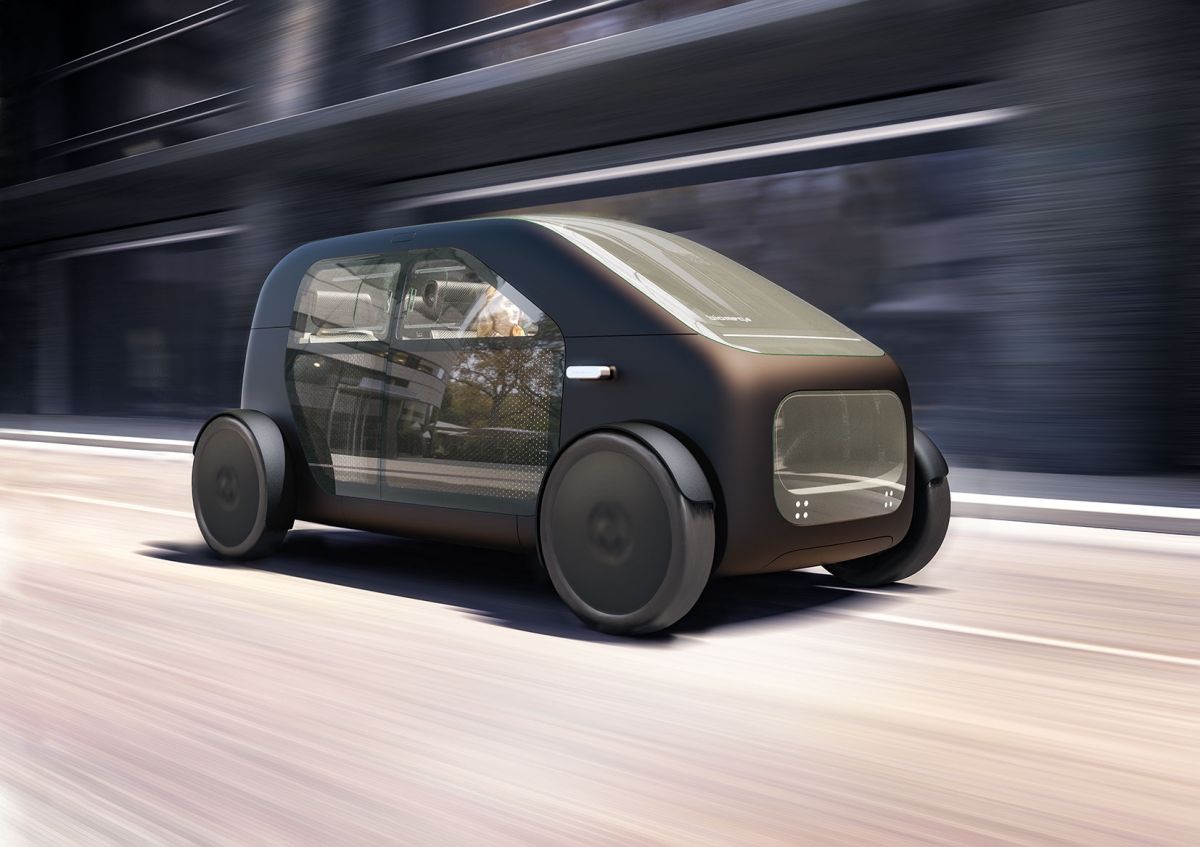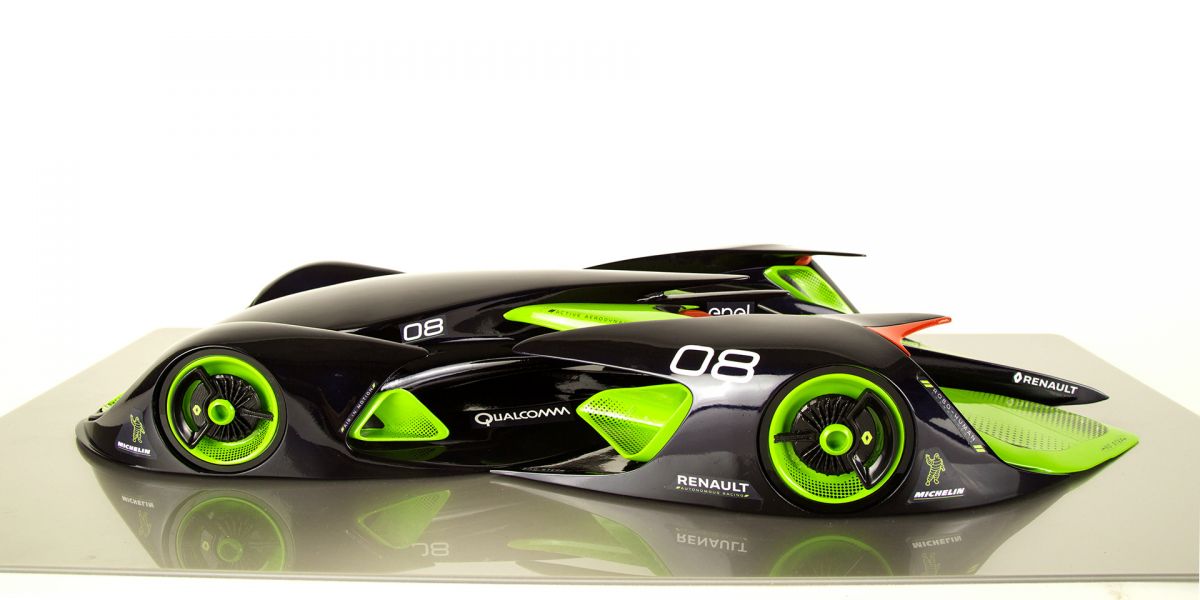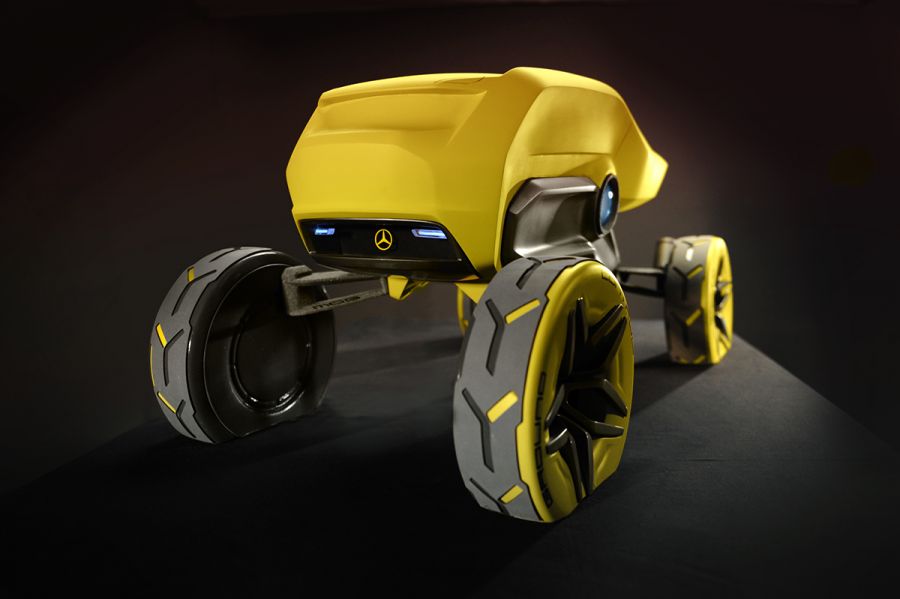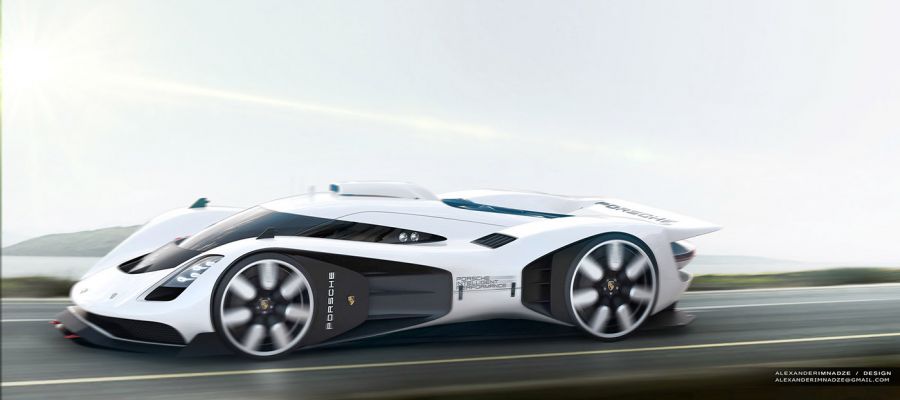City busses have great importance for the future of mobility. “An advanced city is not one where even the poor use cars, but rather one where even the rich use public transport,” argues Enrique Peñalosa, mayor of Bogotá. Yet today taking the bus is not an inspiring experience. The passengers have to deal with time schedules, fixed bus stops and share an area with a group of unfamiliar faces. When you are on the bus you will release; people who need to take the bus will always take the bus – they have no other choice. This phenomenon leads into a class bias attached to the city bus which has great negative effect on potential success. The VITA CityBus is a design vision for 2040 with one clear mission: make the city bus attractive for people who do not want to use it. By convincing the users which dislike commuting by bus, the experience of the bus commuter will benefit too. Future Context Our attention was struck by the rapid increase of the population. UN Habitat predicts by the year 2040 more than 6 out of 10 people will live in urban areas while the population of seniors will increase rapidly as well. There is a great probability that the social welfare inflation will start to occur. With today’s social political trends the demographic group with the age of 25 to 35, the young adults, will find itself to be under pressure. Social awkwardness, impatience, self minded and isolation are all factors of a ‘quarter life crisis’ which yet today may seem as a fairly unknown phenomenon. The young adults will feel discouraged to be active participators in society and thus not keen on taking public transport. Our mission is to make the city bus attractive for people who do not want to use it. The key is to empower the young adults by stimulating their desired lifestyle and personal comfort. “Live, travel, adventure, bless, and don’t be sorry”, the words of Jack Kerouac portray this strive of a spontaneous life full of excitement. Package & System The vehicle is electrically charged and operates autonomously on dedicated bus lanes. It can carry up to 24 passengers in total providing standing, seating, lounging and leaning seats. The length is 8.200mm and has a total width of 2.500mm. A subscription system gives the user access to individualized traveling experiences. With a wearable the user can order a bus to the desired location. The bus will indicate where the user will be picked up. By the use of intelligent routing the bus can combine multiple user’s pickups for greater efficiency. Pedestrians which have the spontaneous desire to get on the bus can ask for a request with their wearable. Depending on the demand, final destination and haste the bus can decide to accept passengers to hop on. For the arrival destinations intelligent routing is used, creating group drop offs and thus yet again breaking the repetitive daily routines. Interior The VITA has four distinct seating areas, each addressing the different functional and emotional needs of the user. With the use of polycarbonate material the areas are shaped into unique experiences extending the personal comfort of the user. At the rear the social space is located. The users can hop-on hop-off spontaneously. The area accommodates 3 leaning seats with additional standing places which are facing each other and thus creating a sociable area. The use of folded surfaces and facetted fractal elements represent the vividness of the social interaction while also providing great sound isolation. The leaning seats use rigid elements with malleable connections shaping around the user’s body. Moving toward the front the seating area is located. This space represent a first gradation towards a more private atmosphere. The creased surfaces form seating areas resembling contemporary furniture. The homy vibe is accentuated with additive pillows on top of the thermoformed polycarbonate padded sheets. After the seating area the lounge is located. Yet again enabling an experience with even greater privacy and thus less human interaction. The seats are positioned higher on a plateau creating eye-hight balance with the standing passengers and thus separating from seating area. The headrests serve both as comfortable padding as well as shields to seclude from the other passengers. Bent surface treatment is used to indicate a more organic and thus more comfortable look and feel. In the plateau electric longboards are located as a last mile solution. The most private area of the Vita CityBus is located in the front. The highly organic undulations perform as extensions of the noise cancelling tube which is located in the center of this area. The user experiences fresh and utter serenity while commuting. There are 2 seating places as well as 2 leaning seats, each facing away from each other creating separate environments on their own. With the use of laser cutting technology the undulations can be fairly easily customized for each specific bus order while retaining the original design intention. Exterior The design of the exterior visually represents the flow of user’s needs inside the bus, resulting into gradations between the social and private areas. The front is shaped in an additive clean manner by the use of technical surface treatment with simplicity resembling the serenity of the private space inside. Moving towards the rear of the bus a transition to an organic and integrated visual language appears with prominent facetted fractal elements. The clean surfaces hold an asymmetric opening at the rear, which is the hop-on hop-off area of the bus. This rear entrance in slightly tilted and points towards to the sidewalk To enter at the back, the bus goes into a slow driving mode. This enables the users to jump onto the bus creating an exciting experience full of spontaneity. The placement of ingress egress areas are chosen to maximize the efficiency of the flow of passengers. The side door is wheelchair accessible. It is also offers the possibility for group pick-ups in case of pickup zones in areas with greater demand. Taken into consideration that the front of the bus provides a silent and private area for travelers, a single side entrance additional to the hop-on hop-off zone was key for the concept. Raison d’être City busses have great importance for our society and contain the potential to empower people. Extending the personal comfort into social and private spaces was key to fit the young adult’s diverse needs. By adding emotional value to the city bus intriguing experiences emerged.
